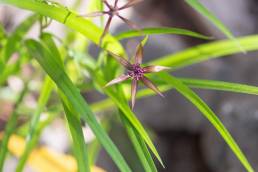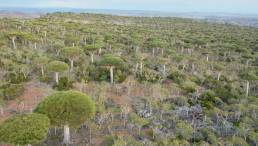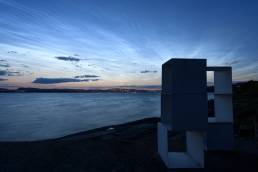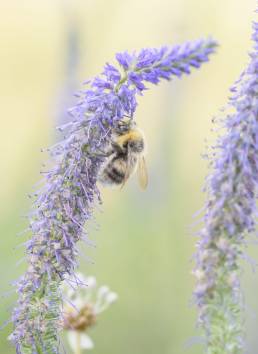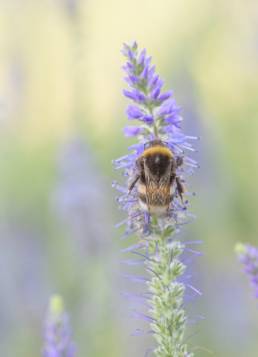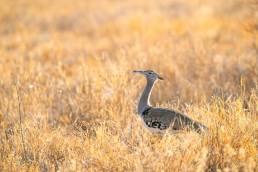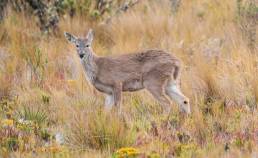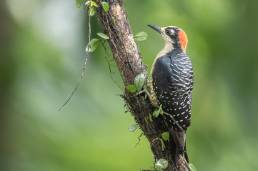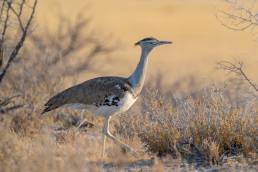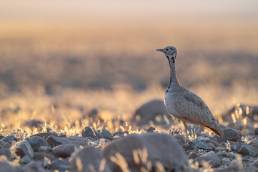12 Dec 2023
Iphigenia socotrana
My first encounter of Iphigenia socotrana, and what a perfect specimen! 22 October 2023 cyclone Tej hit Socotra, and with it extreme amounts of rain inundated…
21 Jul 2021
Lysende nattskyer
Lysende nattskyer er noe som kun kan sees i sommermånedene, og bare rundt 50-70 grader nord og sør, men som likevel ikke er vanlige å se. Dette er skyer som er…
20 Jul 2021
Jordhumle (Bombus)
En Jordhumle (Bombus) henter mat fra en aksveronika (Veronica spicata). Når gressløken blomstret og farget store deler av Fyrsteilene lilla i begynnelsen av…
20 Jul 2021
Jordhumle (Bombus)
En Jordhumle (Bombus) henter mat fra en aksveronika (Veronica spicata). Humlene på Fyrsteilene har mange plantearter å velge mellom fra våren til sensommeren,…
24 Nov 2018
White-tailed Deer (Odocoileus virginianus)
After an amazing experience with a spectacled bear I was on my way to the main road when I noticed this white-tailed deer (Odocoileus virginianus) feeding not…
12 Nov 2018
Black-cheeked Woodpecker (Melanerpes pucherani)
A common and opportunistic bird that gladly eats from human feeding stations during its daily rounds in its range. It sounds like this:
15 Oct 2018
Kori bustard (Ardeotis kori)
Kori bustard (Ardeotis kori) is an amazing bird, one of the largest flying bird species on the planet. Yet you rarely see it fly, but when you do it's very…
9 Oct 2018
Rüppell’s Korhaan (Eupodotis rueppellii)
Bustards blend in perfectly with the desert landscape and in withered vegetation, and often not seen unless they are moving. It sounds like this:
